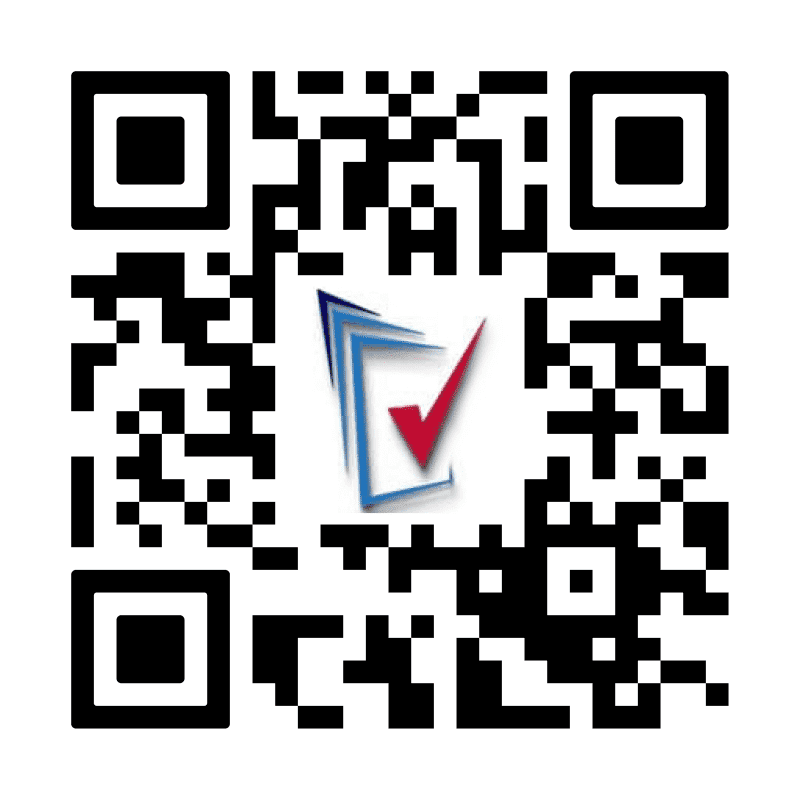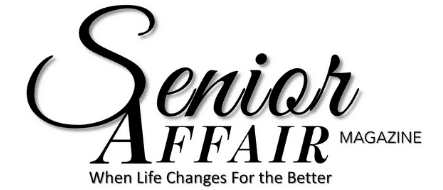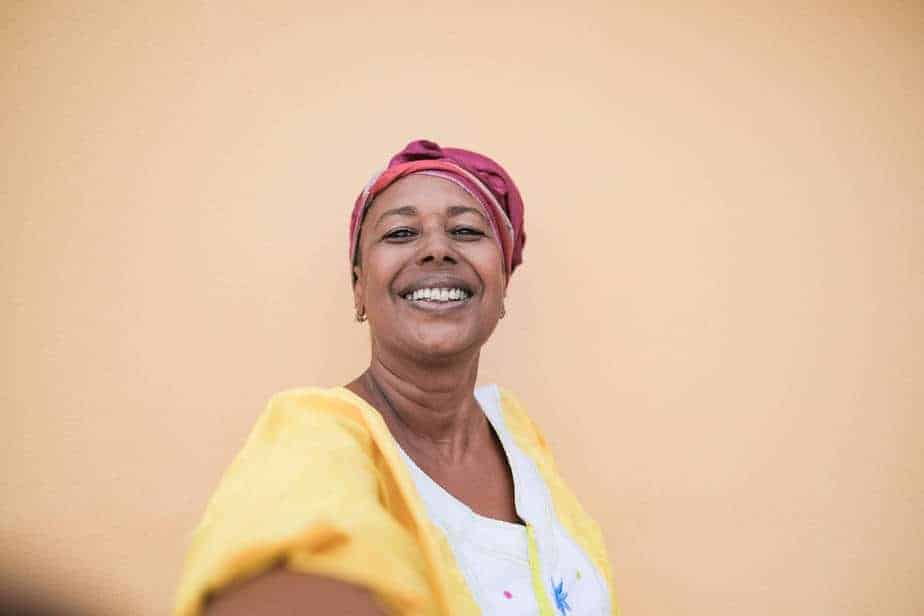What is Medicare Part D?
The Centers for Medicare and Medicaid Services change the parameters of the Medicare Part D standard benefits package every year.
Medicare Part D is an optional prescription drug plan offered by private companies with a monthly premium. It's possible to get Part D drug plan coverage as a stand-alone or included in a Medicare Advantage plan with medical benefits.
As shown below, all Medicare Part D plans have four coverage stages or phases. First, your drug plan's out-of-pocket costs change as your prescription costs increase over the year.

Four Coverage Stages
Stage 1 – Deductible stage: You pay all your prescription drug costs until you meet your plan's yearly deductible.
The deductible is the amount you must pay out-of-pocket before your plan starts paying for services.
In 2022, the standard prescription drug deductible will be $480, which means that you will pay the total cost of your prescriptions until the prices reach $480.
How does this affect you?
When you enroll in a Medicare Part D prescription drug plan with the standard Part D deductible, you will pay a little more out-of-pocket in 2022 before your plan kicks in.
Stage 2 – Initial coverage stage: The initial coverage limit for 2021 has increased from $4,130 to $4,430. Your Part D benefit begins, and your plan starts to cover your prescription costs at this stage. Whether a copay or coinsurance, your contribution is a fixed amount you pay for your drugs until you reach a certain amount in covered drug costs.
They consider the “drug cost” the total price a pharmacy would charge for the drugs if you paid out-of-pocket.
The drug cost includes what you pay and what your plan has contributed together.
How does it affect you?
In general, you will be able to buy a small amount more of prescriptions before you reach the 2022 “donut hole” or coverage gap, which assumes that your prescriptions prices don't increase over time.
Stage 3 – Coverage gap stage: A coverage gap occurs when you exceed the coverage limit of your Part D plan. The coverage gap has a beginning and end; these amounts usually change yearly.
An example of 2022's coverage gap – or donut hole. The plan's Part D initial coverage limit is $4,430. You remain in the coverage gap until your out-of-pocket threshold has reached $7,050, which has increased from $6,550 in 2021. While in the coverage gap, you pay only 25% coinsurance for generic drugs and 25% coinsurance for covered brand-name drugs.
To exit the donut hole, certain things will count towards your total out-of-pocket costs, including your deductible, copays and coinsurance payments, and anything you've paid on prescription drug costs from the beginning of the calendar year.
Certain things don't count as your out-of-pocket costs, including the medication you purchase that isn't covered by your plan, your drug plan premium, or the pharmacy dispensing fee.
How does this affect you?
By reaching the 2022 donut hole or coverage gap stage, you will spend a little more money before you can exit the Donut Hole and enter the 2022 catastrophic coverage portion of your Medicare Part D coverage.
All Medicare Part D plans have a coverage gap unless you receive Extra Help.
How to Avoid the Donut hole?
A way to avoid the coverage gap stage is to take generic medications whenever possible or consider getting your medication by mail-order. Talk to your doctor about how you can reduce your out-of-pocket drug costs.
Stage 4 – Catastrophic coverage stage:
Once you've reached $7,050 in total out-of-pocket drug costs, you exit the coverage gap then you'll pay the greater of $3.95 or 5 percent coinsurance for all other drugs. In addition, you pay a low coinsurance or copayment amount set by Medicare in this catastrophic stage for all prescription drugs. In 2022, that coverage gap ends at $7.050.
How does this affect you?
Your plan and the government pay 95% of your costs. You will remain in this stage for the rest of the year.
Key Takeaways
Reviewing your drug plan's Annual Notice of Change (ANOC) is important. This notice summarizes any changes in your plan's cost and coverage that will take effect on January 1 of the following year.

Consider a drug plan's cost, coverage, and convenience when comparing plans.
If you fail to sign up for a prescription drug plan when you first get the opportunity, Be aware of the Medicare Part D late enrollment penalties.
You might qualify for Extra Help if you have limited income and resources. Apply online at www.ssa.gov or call Social Security at (800) 772-1213. TTY users call (800) 325-0778.
If you qualify for Medicare but don't know where to start, we have licensed insurance agents ready to answer your questions and help you enroll in Medicare Advantage, Medicare Supplement Insurance, and Prescription Part D plans.


